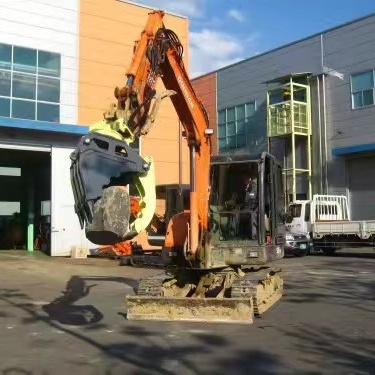18 Future Building Materials That Will Change Construction
Throughout the ages, we’ve seen the construction industry undergo a series of building material innovations. From durable concrete used in ancient structures to the production of steel for bridges and skyscrapers, these materials shaped the way we build today and influenced some of the greatest architectural feats. While some materials have simply evolved over time (like concrete and marble), there are newer cutting-edge materials being developed on the horizon.
So, what’s the drive behind these innovations? Despite its growth, the construction industry faces a number of challenges. From disasters like fire and sheer costs to environmental concerns and inefficiency, the industry struggles to keep up with demand while maintaining its output. Building projects consume 50% of our resources from nature, often leading to added costs, delayed construction times, and wasted materials.
To address some of these challenges, many innovative firms are developing a generation of new building materials. Materials are being engineered to be smarter, stronger, self-sustaining, sleeker, and easier on the environment. The BIQ House in Hamburg, Germany provides a perfect glimpse of the future. Built with living algae, the BIQ is able to harness its own electricity. Not only do its aesthetics call to mind impressive sci-fi buildings from pop culture, but its impact on the environment holds much promise for a sustainable future.
To keep a competitive edge, construction companies need to stay up-to-date on these material innovations. Buildings crafted with the most modern materials will be more equipped to solve ongoing challenges, reduce their carbon footprint, and make an impact in the industry.
While it can take decades for scientific breakthroughs to make their way to a job site, a new generation of materials is coming. Here are 18 materials that are currently making a buzz in construction and that may very well change the way we build.

From materials that generate their own energy to those that provide greater structural protection, the future of building is evolving. While many of these innovations not yet realized on full-scale buildings, they may be making their way into your projects within the next one or two decades. Until then, staying on trend will help you improve your bottom line and play your role in keeping our environment.
Additional Sources:
Regan Industrial | GenieBelt | Ferrovial | Construction News | PlanGrid | AutoDesk | The B1M | Richard Van Hoojidonk | Natural Building Blog | Gizmodo | TreeHugger | Architectural Digest

